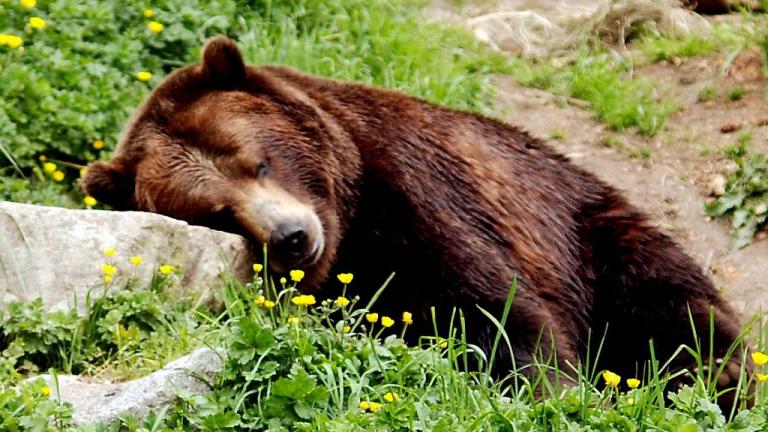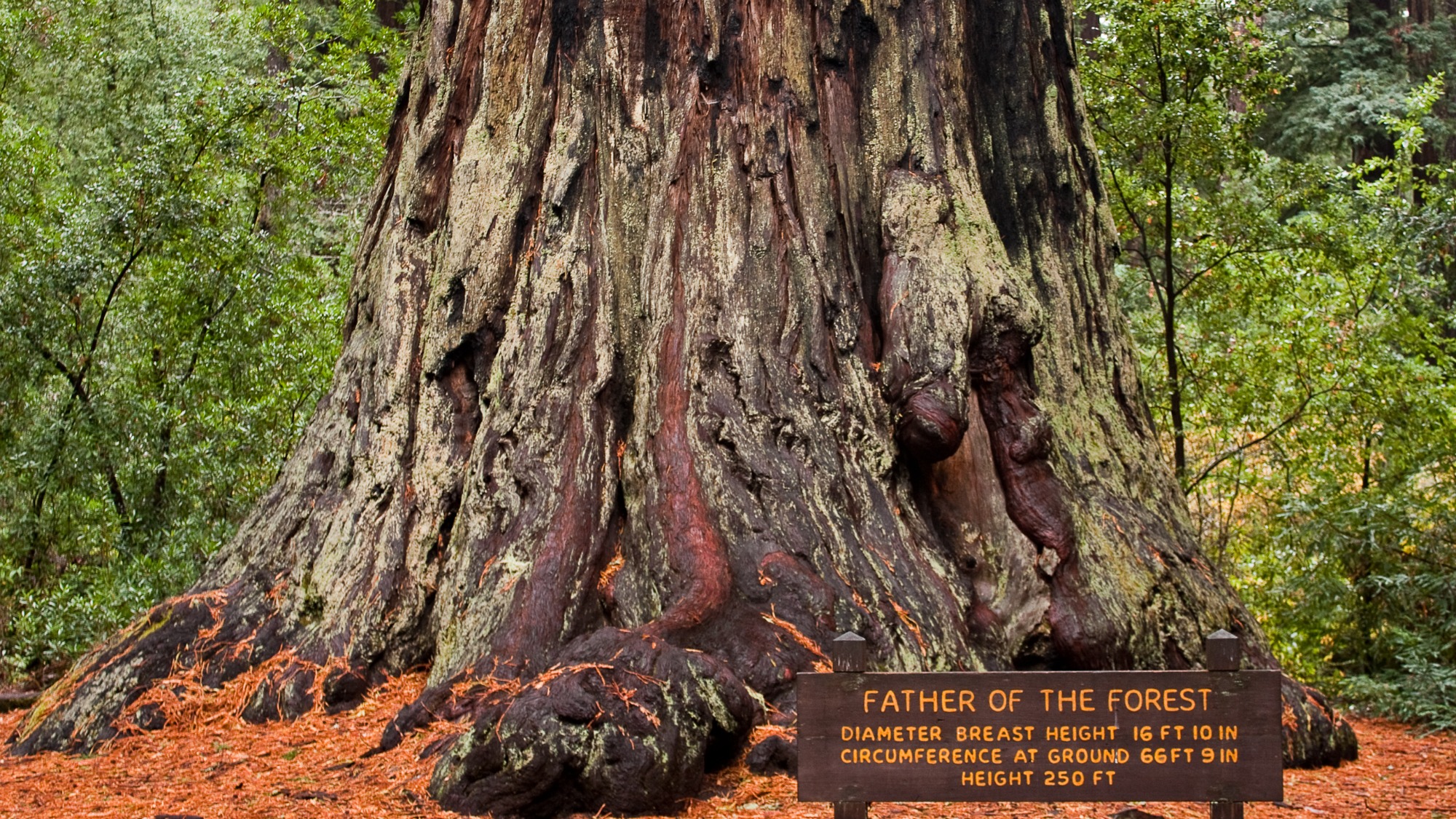As humans age, we tend to pass more gas. As trees age, they tend to suck more of it up.
A new paper published Wednesday in the journal Nature has blown away old misconceptions about the roles that the most mature trees in forests play in combating climate change.
It has long been believed that younger trees are better than their older neighbors at absorbing carbon dioxide. But the new research suggests that the opposite is true. It turns out that big trees just keep on growing, at fast rates, and the growth depends on carbon that the trees draw from the air around them.
“In whatever forest you look at, be it old or new growth, it is the largest trees that are the greater carbon sinks,” William Morris, a PhD candidate at the University of Melbourne, told Grist. “Not the smaller, younger trees, as was previously thought.”
Morris and dozens of other scientists studied data related to 673,046 trees belonging to 403 tree species in managed and wild forests across the world. For 96.8 percent of species studied, they found that each tree drew more carbon dioxide out the air each year than it did the year before. The carbon is used to produce leaves, roots, and wood. From the paper:
In absolute terms, trees 100 cm in trunk diameter typically add from 10 kg to 200 kg of aboveground dry mass each year (depending on species), averaging 103 kg per year. This is nearly three times the rate for trees of the same species at 50 cm in diameter, and is the mass equivalent to adding an entirely new tree of 10–20 cm in diameter to the forest each year.
The findings don’t contradict the prevailing notion that young forests are better overall at sucking up CO2 than are old-growth forests. That’s because younger forests contain so many more trees.
That said, it’s still best for the climate that we leave those aging stands in place because cutting them down would unleash the carbon they spent their lifetimes absorbing. “One must take into account the amount of carbon the forests are storing as well as how much they are fixing,” Morris said.



